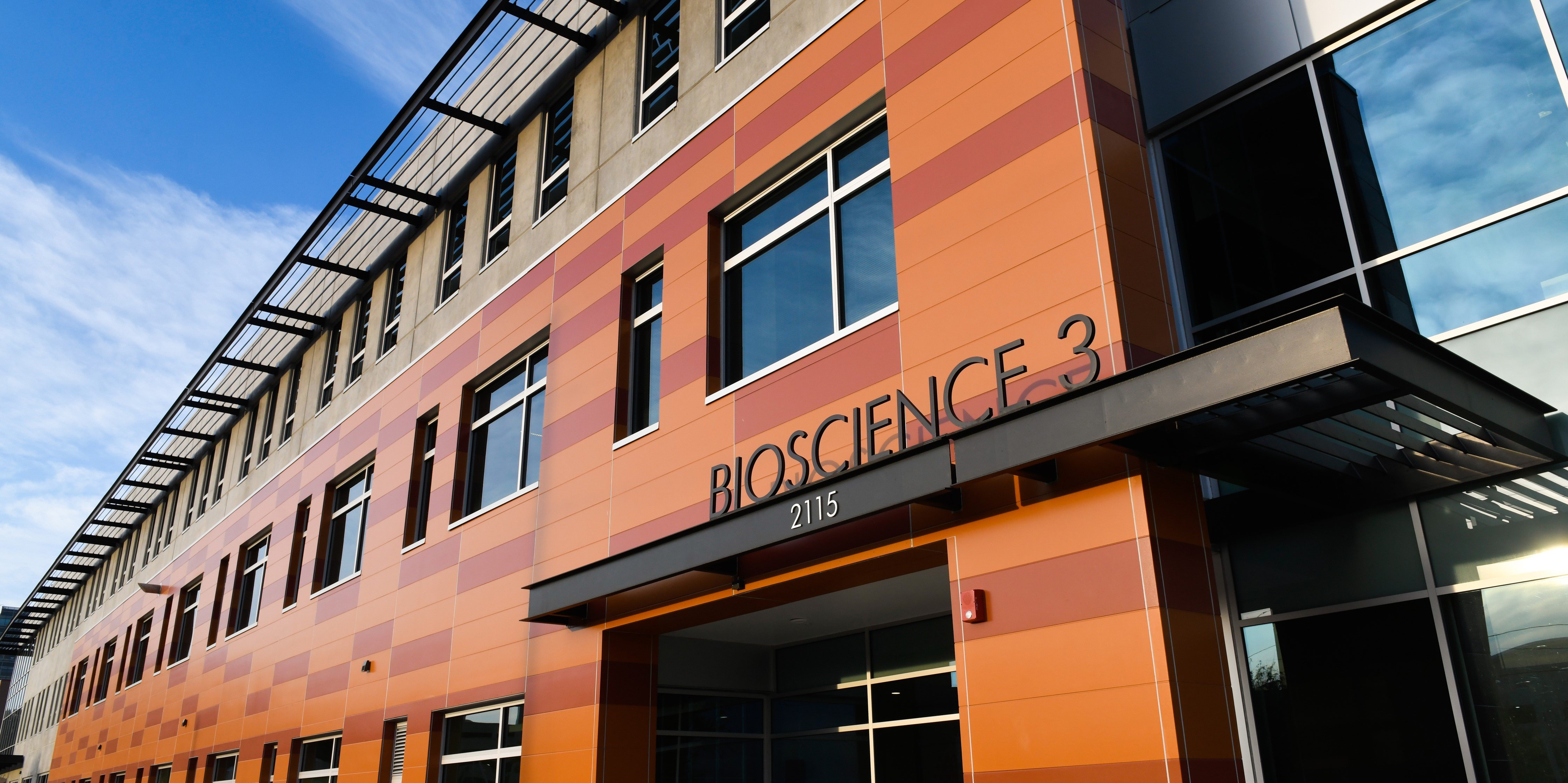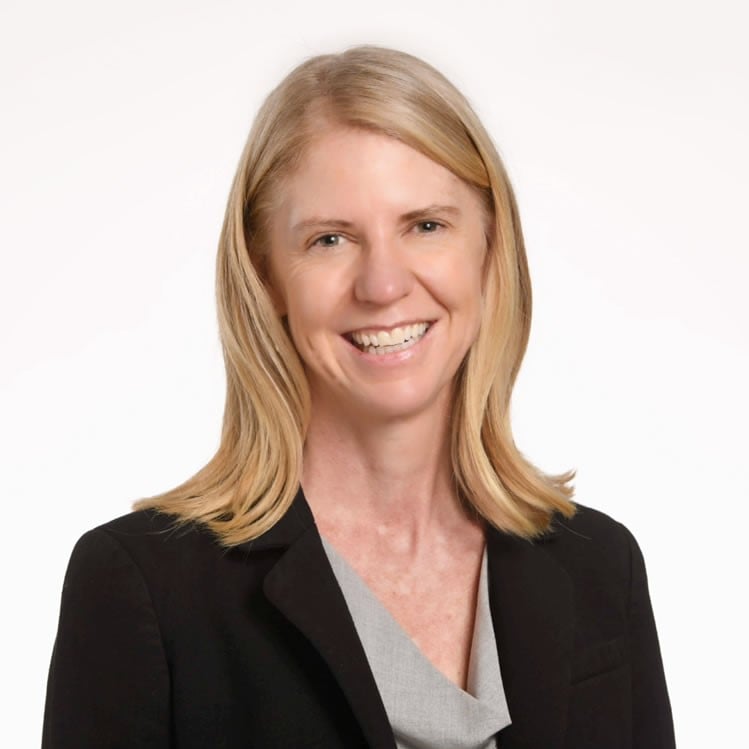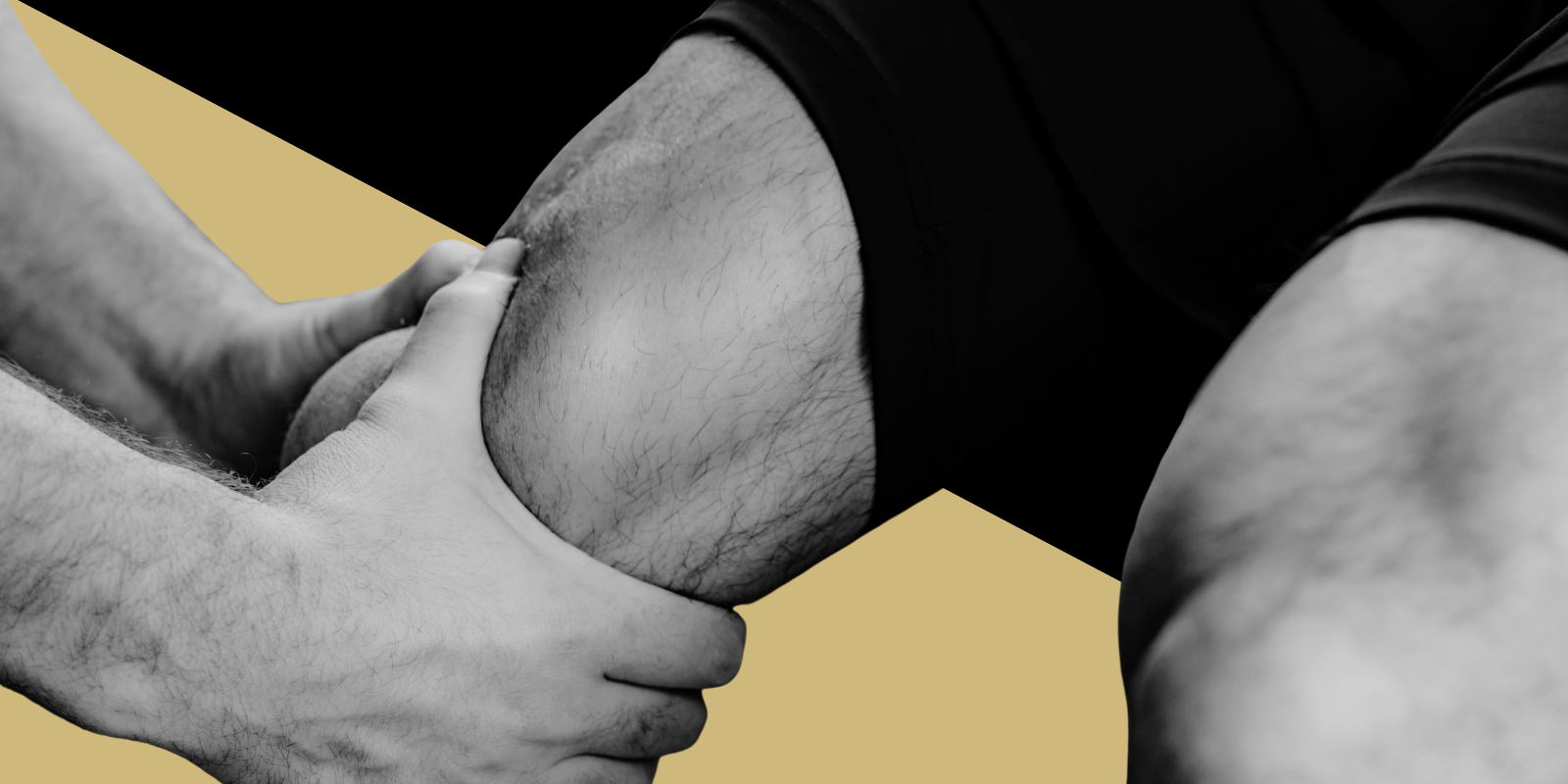When Sarah Massena joined the Center for Surgical Innovation (CSI) as executive director in 2007, she saw the role as an ideal way to merge her interests in science and business.
“It was an amazing opportunity where I knew that every day would be different,” Massena says. “I didn't want a job where I had to sit at a computer and do the same thing all the time — I like to be up and moving, I like meeting new people, so it was a really good fit.”
The CSI was founded two years before that in 2005, as a collaboration between three surgeons: Thomas Robinson, MD, Fernando Kim, MD, and Todd Kingdom, MD. In 2007, the five surgical departments on campus, Surgery, Neurosurgery, Orthopedics, Otolaryngology (ENT), and Obstetrics and Gynecology joined forces to become members of CSI.
“We are truly multidisciplinary — we can do any surgical procedure that exists.” - Sarah Massena, Executive Director of the Center for Surgical Innovation
The center started as a place to train the School of Medicine’s internal residents. But as interest grew and they were asked to host more trainings, Massena says they realized that the model wasn’t financially sustainable.
“We started thinking about ways that we could be profitable,” Massena says. “Surgeons and nurses and other health care professionals get approached by the medical device industry all the time because they want to train people on their products. It seemed like a perfect match.”
Now, medical device companies bring people from around the world to the CSI to train on specific procedures and new devices. Other external clients use the center’s resources to conduct their own research and development.
“There are a lot of these centers around the nation, but I think we stick out because we are truly multidisciplinary — we can do any surgical procedure that exists, even if it's not part of our five founding surgical departments,” Massena says.
Once the center began partnering with medical device companies and other external clients, they realized it was exactly the funding opportunity they’d been searching for. Today, revenue from external clients makes up about 70% of the center’s budget, and the remaining funds come from the five founding departments.
“It’s nice to be able to sustain ourselves financially while offering a service that truly helps patients,” Massena says.
Outgrowing their space
Last year, just as the COVID-19 pandemic was forcing closures across the country — including the Anschutz Medical Campus — the CSI moved into a new space in Bioscience 3.
“We had a huge grand opening party planned, but of course that had to be put on hold,” Massena says.

It’s been a long road to get to the new facility. When it opened in 2005, the center was housed on the fifth floor of Education 1, which it shared with an anatomy lab.
“That’s where we started doing our trainings, but we realized pretty quickly that we were outgrowing that space,” Massena says. “Plus, the medical student population was increasing, so they needed that area for more anatomy lab space.”
The CSI moved into Bioscience 1 in 2015, within the Fitzsimons Innovation Community, which offered more space, as well as easier access and parking — a notable benefit for all the out-of-town trainees.
But even though the new building offered more space than its previous location, the CSI eventually found itself outgrowing the new facility as well. The limited space made it especially difficult to accommodate larger conferences and trainings.
“A lot of these companies have huge sales conferences and annual meetings where they need to invite a lot of people,” Massena explains. “These companies also want to give their sales reps hands-on lab time to understand the inner workings of the operating room and how the sterile field works so they can interact correctly with the surgeons. And they need a place to learn about the instruments and equipment that their company manufactures so they can talk knowledgeably about them with the surgeons.”
On March 13, 2020, the CSI made another move. The 8,500-square-foot space on the first floor of the new Bioscience 3 building is a “visually stunning,” state-of-the-art training center with more conference rooms, the latest lab and AV equipment, and a large meeting space that can host up to 200 people at once. It also included dedicated lab space for research and development where residents can come and train or conduct research 24 hours a day.
“A lot of the time these residents are in the OR, and they have no idea when their shifts will end. Then when they do get out it’s 2 o'clock in the morning and they don't want to go home, so they come and do research,” Massena says.
Trainings, R&D, and Education
The Center for Surgical Innovation hosts trainings on surgical procedures and medical devices, conducts both internal and external research and development, and gives back through community education. “Every day is different,” says Executive Director Sarah Massena. Here are just a few examples:
|
Post-pandemic plan
During a normal year, the CSI hosts almost 400 trainings and about 4,500 trainees. Currently, due to the pandemic, it’s running about half that, with three to four trainings a week — primarily for residents, along with a few external groups.
“It's just about surviving right now,” Massena says.
Although the pandemic has kept the center from using its new space to the fullest, Massena sees a light at the end of the tunnel.
“Hopefully as the vaccine gets distributed around the United States and people are able to travel a little more, we can start expanding the number of people we have in for trainings,” she says. “That’s our main mission: to educate people in a safe environment where they can train before they ever touch a live patient.”




